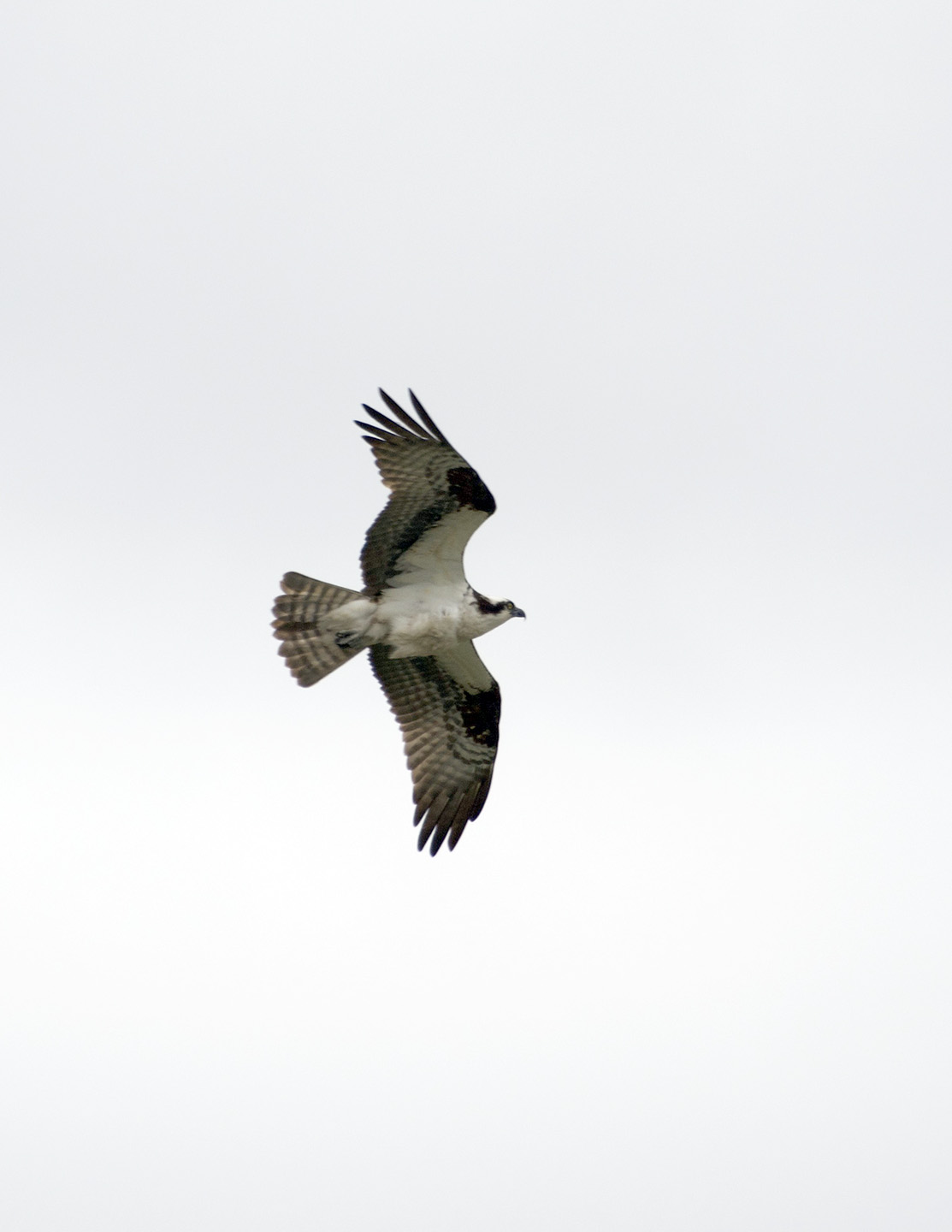Give me an example where you felt triumphant and demoralized at the same time. Nothing comes to mind? Here is one of mine: two days ago I drove myself to Sauvie Island for the first time in 5 months, taking the first solo photography walk there since my surgeries. Feeling triumphant that I dared (and was able to,) demoralized because I could only get so far and at a snail’s pace. Also, the heavy camera was shaky in my hands, as evidenced by the out-of-focus quality of some of the birds, but hey, I did it.

I eagerly wanted to visit the ospreys during their nesting season. Part of that motivation came from the need for appropriate photos for today’s topic, the work of a photographer who turned from photojournalism documenting armed conflicts to working extensively on environmental issues. Christian Åslund, an award winning Swedish photographer, often focuses on the High Arctic and the Arctic Ocean, in need of saving from the oil industry and commercial overfishing, forces of destruction of the natural balance, raptors included. He, some years back, even joined an expedition skiing to the Northpole to call for a global sanctuary of the region. If he can ski at the North Pole, I can toddle along Rentselaer Road, observing the nests…..


The link to the photographer’s name above leads to some magnificent photos of the ocean ice. I want to focus, though, on his documentation of the changes of a particular range of glaciers. As I have mentioned before, people are both hesitant or unwilling in acknowledging what is going on around us, particularly if t seems to occur in a far away future, with the loophole that science might rescue us in the intervening years.
Looking at something concretely, at a change that has happened and is in the process of continuing to happen might be a wake-up call that is harder to ignore. Visual evidence is sometimes more effective than abstract ideas. Aslund was able to find archival photos from 100 years ago of Svalbard Glaciers courtesy of the Norwegian Polar Institute. He then set out to photograph the very landscape from identical angles, ingeniously adding a modern human figure into the mix when the old photo contained one as well – making the interaction between nature and human salient.



The series can be found on his website, which is, as websites go, remarkable for the wealth of information and quality of the design. With easily accessed links you can get written factual information, pause the slides and enlarge them, as well as find different topics at a glance. Might not matter to you, but for someone who is interested in photography websites this one scored big. Ok, I digress.
“The archipelago of Svalbard, a land of ice and polar bears, is found midway between mainland Norway and the North Pole. Its capital Longyearbyen on the main island of Spitsbergen is the world’s most northerly city, some 800 miles inside the Arctic Circle.
Svalbard is also home to some of the Earth’s northernmost glaciers, which bury most of the archipelago’s surface under no less than 200 metres of thick ice. Taken together, Svalbard glaciers represent 6% of the worldwide glacier area outside the large ice sheets of Greenland and Antarctica.”
The danger of these glaciers melting completely is not just one of raising water levels of oceans and feeding into the cyclic nature of global warming. Freed from ice, these areas will be much more accessible to both mining industries and tourism, further disturbing excessively shrinking habitat of endangered species, in this particular case making it harder for polar bears to survive.


.

Which brings us back to the Oregon ospreys and, for once, good news. Their population rapidly declined due to deforestation and pesticide use until about the 1970s. They have recovered, though, partly because they have found nesting sites on power poles and river channel markers, helped along by utility companied and the U.S. Coast Guard that see to the safety of the sites, or take armloads of previous used nesting materials to sites that they build near by. (See below.)





Ospreys are migrating birds, going to warmer climes in Mexico and South America for 6 months of the year. The couples separate during that trek, but then reunite upon return during March in Oregon, with great fidelity to the old nesting site which they rebuild. The chicks usually hatch mid-May, flying in July, and then depart for the wintering grounds in mid-August. (I saw one nest with two chicks on my walk, and another one just being built – timing obviously varies.) The female is in constant contact with the chicks for the first month or so, then perches nearby and occasional hunts, something the male did all along. About 375 pounds of fish are needed to sustain an osprey couple with two chicks in the nest – note what that implies for needing clean rivers with healthy fish populations….

If only we could do for the polar wildlife what we were able to do for the raptors here. Work like Aslund’s might help, if enough people were to see it.
Here’s to the next generation of preservationists, learning early!






Steve T.
Great photos, great discussion, Friderike. Don’t you get tired of excelling? I watch my grandchildren from across the room, knowing I will be gone when they begin to create their worlds, their lives. I can only hope that they will have a much improved world to live in. Thanks again.